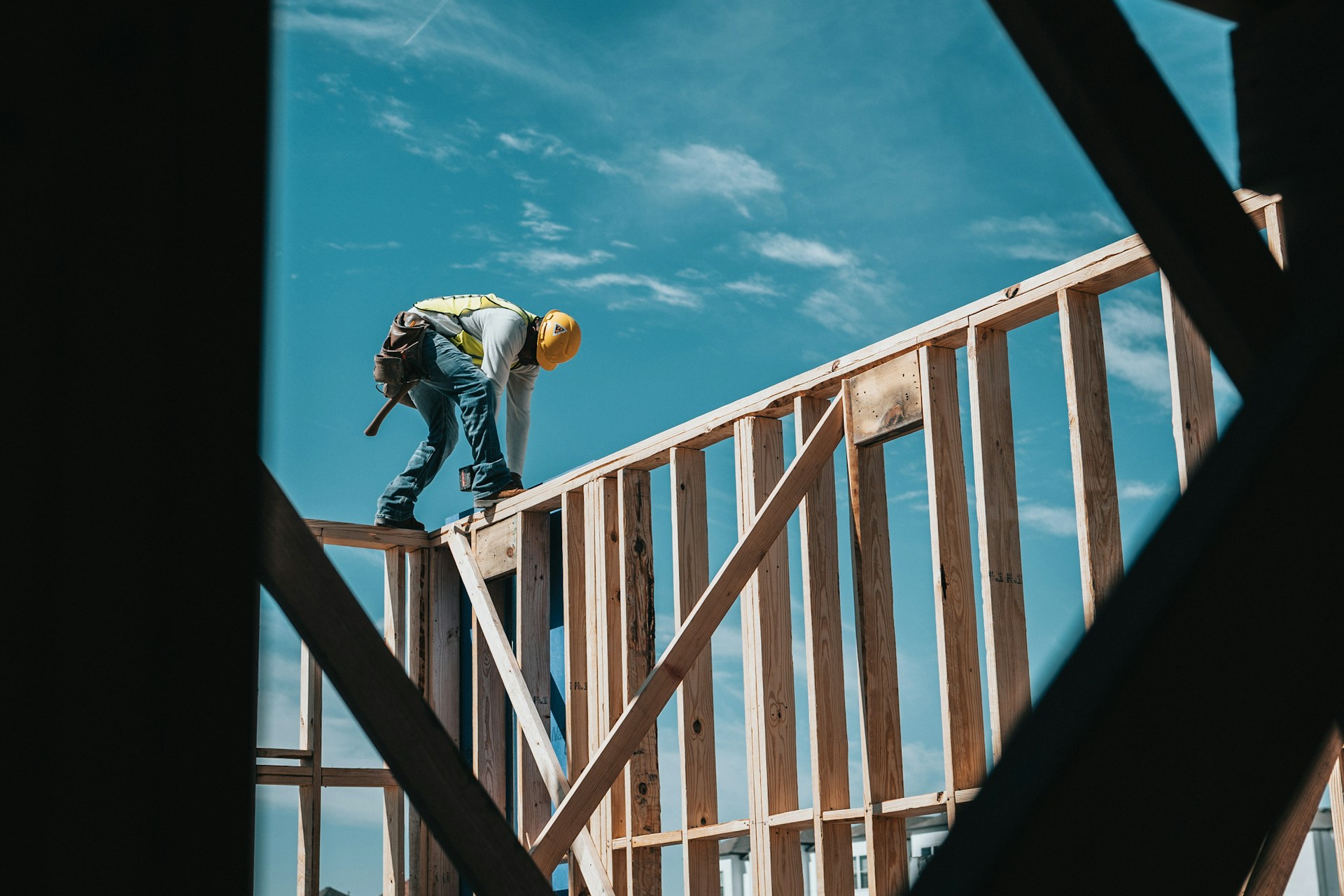
Flatiron Construction, Turner Construction Co., Liberty Mutual Insurance Co., Chubb and the Turner Construction Company Foundation are collaborating on a research project with La Isla Network to understand the effects of heat on construction workers’ health.
The study emphasizes the importance of hydration, rest and shade in high heat environments. Measures include fans, cooling stations, shaded areas, water stations, electrolytes, weather information and heat stress education.
Turner’s Resilience Program Manager Mónika Serrano said, “This past year we conducted a pilot study that confirmed that heat affects workers’ core temperature. The study confirmed the importance of hydrating upon awakening in the morning and continuing throughout the day regardless of work activity or the temperature. As temperature and physical labor increases, water intake should increase commensurately, in combination with shade and rest.”
This month, 200 construction workers in a large Midwest project will be part of a new study monitoring core temperature, heart rate and other vital signs during their workday. The goal is to evaluate current heat mitigation strategies and develop new measures as needed.
“We are honored to participate in this study because we believe it will improve the lives of our employees and the communities where we live and work,” said Sven Stranzenbach, senior vice president of risk management and sustainability for Broomfield-based Flatiron.
Jason Glaser, CEO of La Isla Network, said, “This study will inform recommendations for continuously improving protocols that promote worker safety and well-being. By working with our incredible partners at Indiana University and University of New Mexico we are assuring the highest level of rigor and insight to this important research.” Glaser continued, “This study is also part of a global response, considering that in its latest report on safety and health at work and climate change published by the International Labor Organization has recommended that the private sector, governments and other stakeholders implement protection and risk management measures in times of climate emergency.”